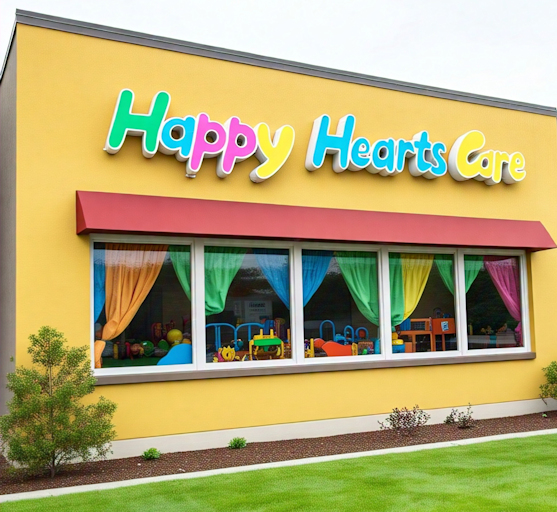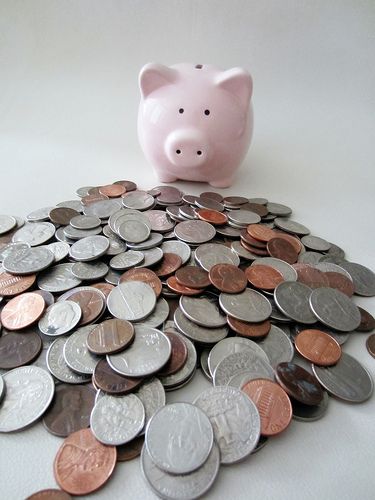Summer is a great time to teach your children about saving money for retirement and an interesting way to do it is by setting up a Roth IRA for them. Remember a Roth IRA is slightly different than a standard IRA. In a standard IRA you contribute pre-tax dollars and so it reduces the taxes you owe up front and it compounds tax-deferred but you still owe taxes on the entire amount when you withdraw it.

The three major factors of compounding are time, starting value and the interest rate. Because your kids are still young they have plenty of time, because it is an IRA the government isn’t taking a chunk of the profits every year so more gets put back to work. And because there is a penalty for withdrawal it encourages your kids to actually leave the money in there and let the compounding actually do its magic.
So how does this system work?
Normally, people contribute to their own IRA so how can you contribute to your kids or grandkids? If they are working you can give them an additional incentive by “matching” any amount they earn. The law says they can contribute up to 100% of their gross income up to a maximum of $5,500 per year. You can give a gift of up to $14,000 per year per person before you have to worry about gift taxes. So theoretically they are depositing their whole salary into the IRA and spending your gift although practically it works the other way around.
Some Other Advantages
Age 59½ is a long way away. What if your kids need the money? Well, there is a loop-hole. (But don’t tell them unless absolutely necessary). There is a penalty for withdrawal of any gains but… you can withdraw the initial contribution tax free. Of course this defeats (or drastically reduces) the compounding benefit so it is best to discourage it, but it is available in an emergency.
Another loop-hole is that up to $10,000 of income and gains can be withdrawn to buy a first house. So when they get ready to buy a home they could withdraw all contributions plus an additional $10,000. Of course, that would severely short-circuit the long term advantages. But if it is the only way they can get a home of their own it might be a good choice.
Tax Considerations
Children can avoid tax with-holdings altogether if they owed no taxes last year and none are expected this year. If they are dependents on someone else’s return they can have up to $6,200 in total income, tax free as long as the unearned (investment income) component is less than $350. (This is investment income outside the IRA. So it is another reason why their investments should be inside the IRA!). If their investment income is more than $350, total income can only be $1000 before they start owing taxes.
Conclusion
Contributing to a Roth IRA using a matching system can be a great way to help your child or grandchild get a head start in life.
- It gives them an increased incentive to work (they are getting twice as much).
- They are learning the importance of saving.
- Their money can compound tax free (theoretically all their life).
- They decrease their chances of owing taxes on their earnings because their investment income is tax free.
- They can use a good chunk of it for buying a house if necessary.
- Contributions can be withdrawn tax free.


